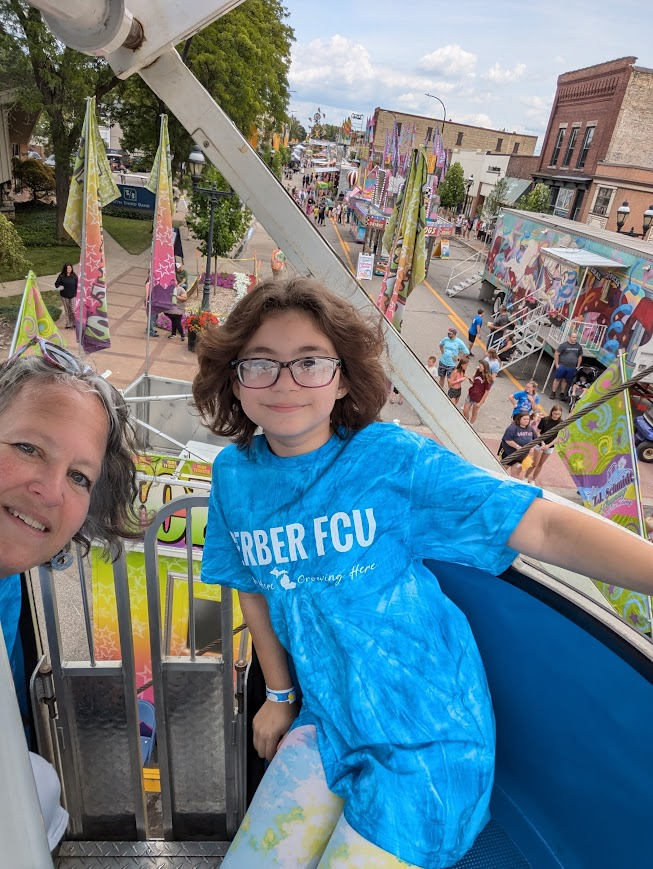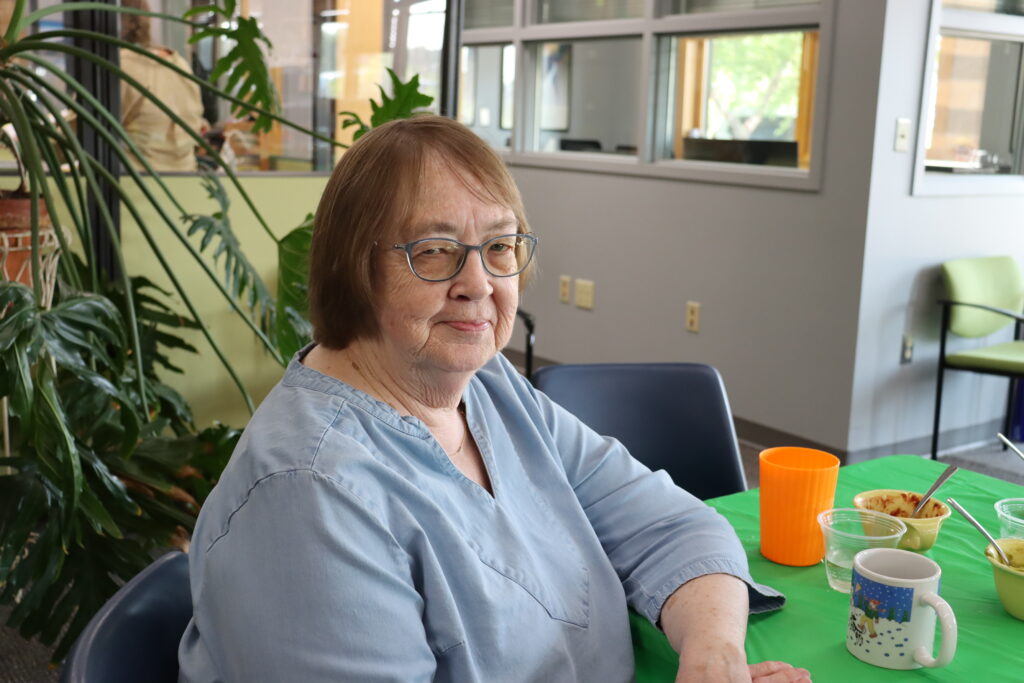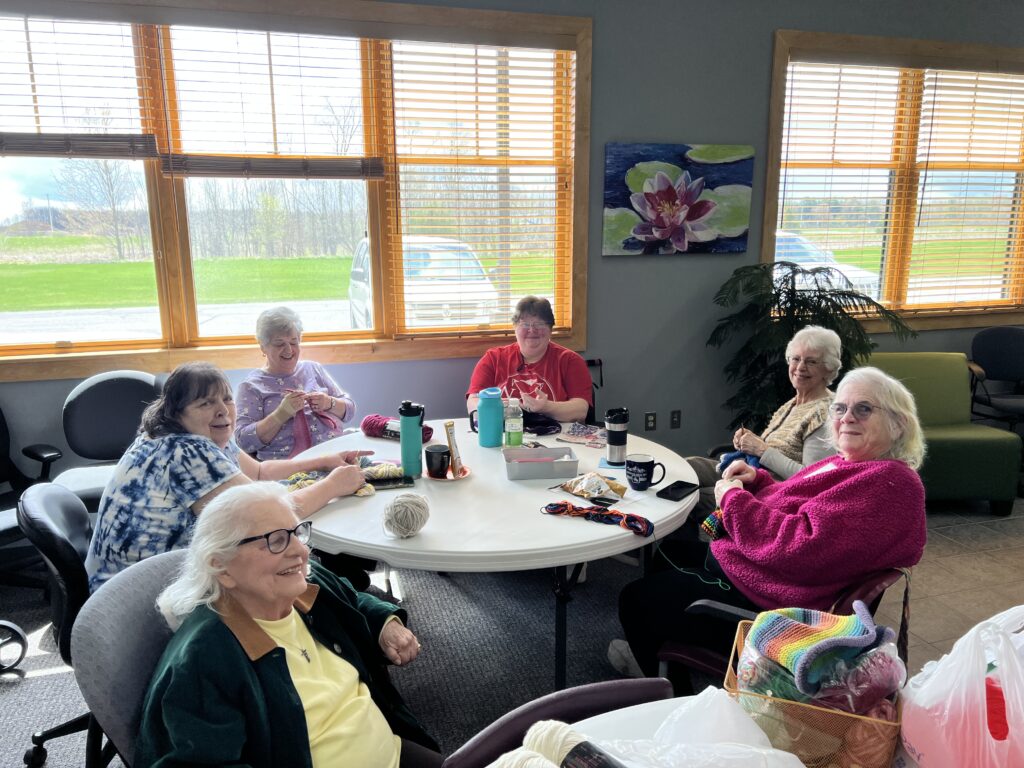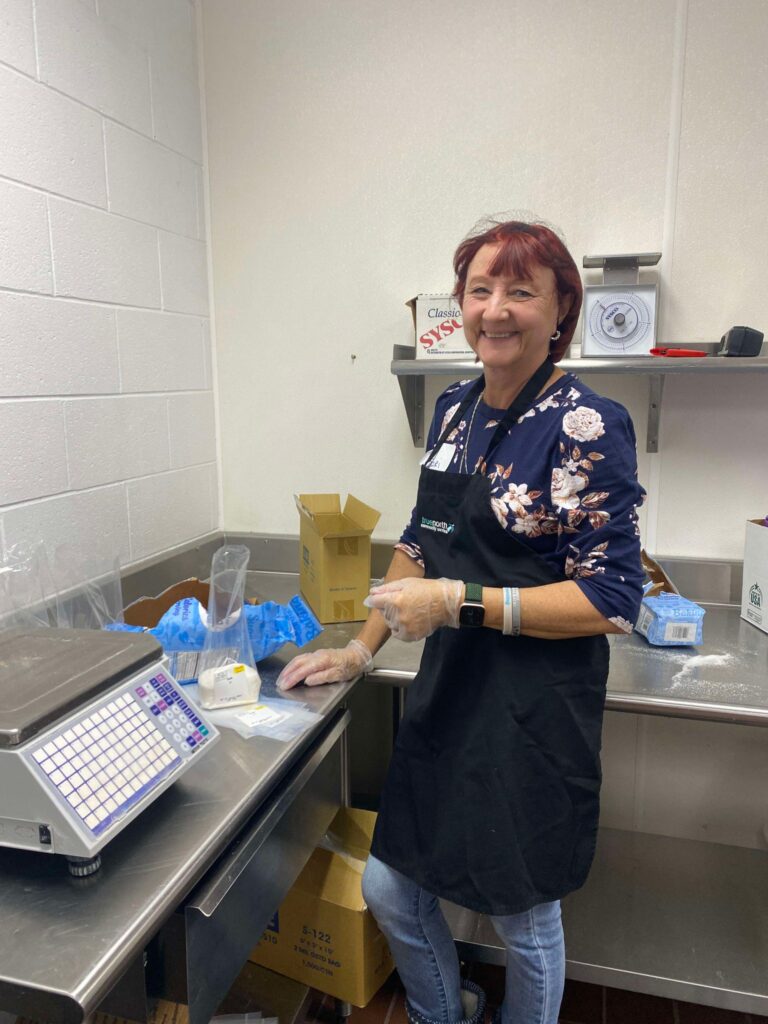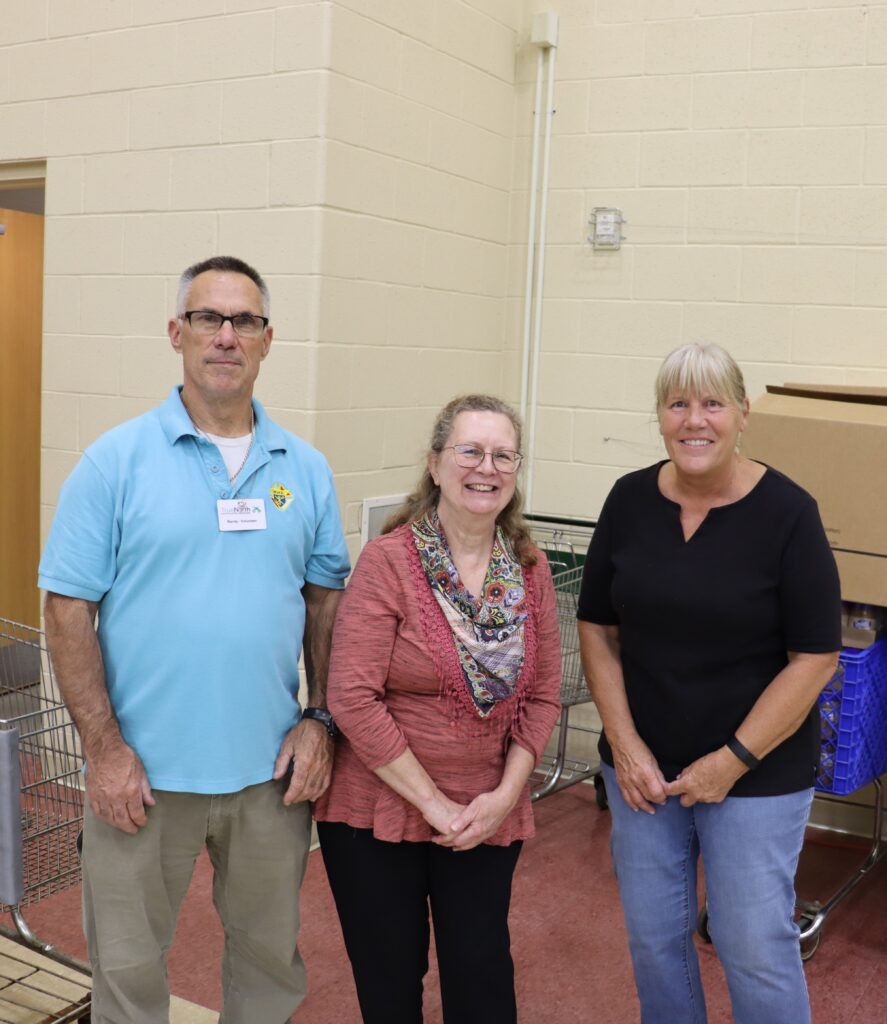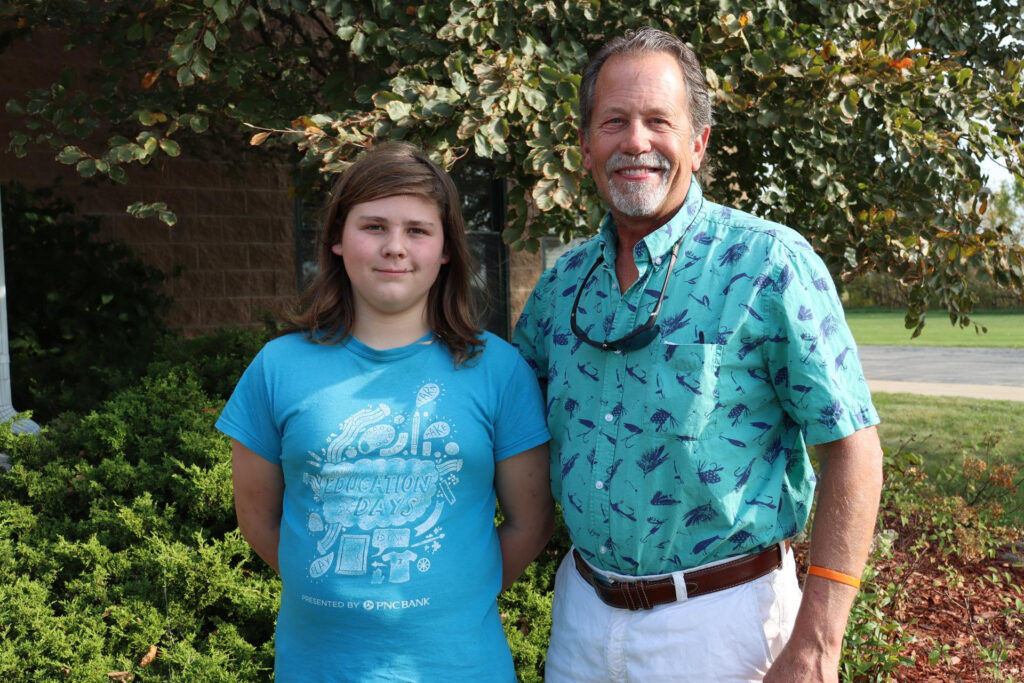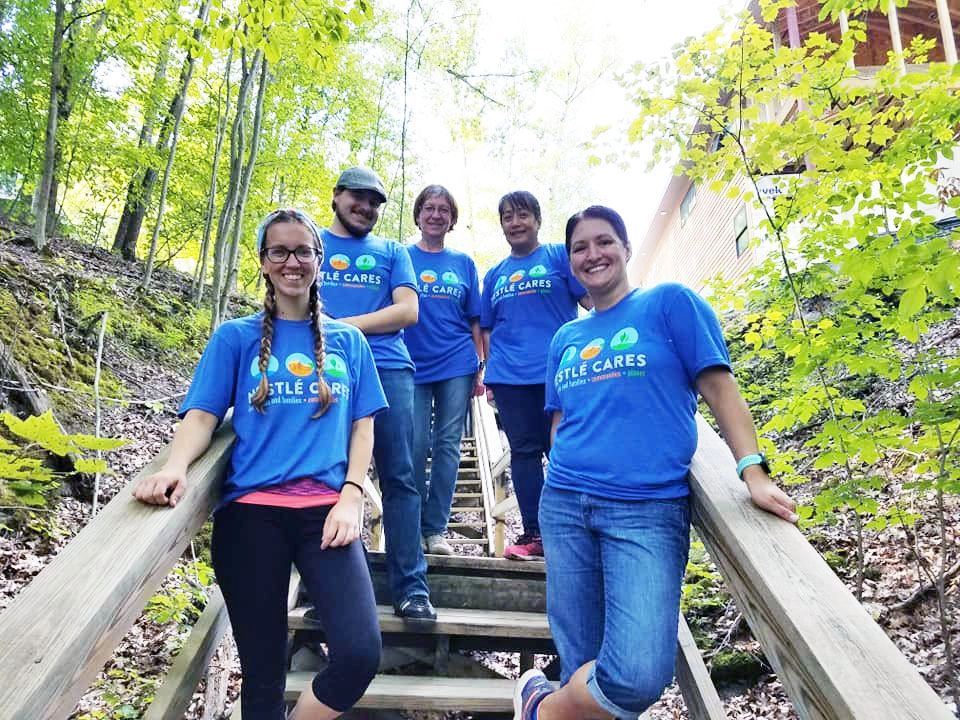Food Affordability and Accessibility in Rural Michigan
Rising food costs and the increased cost of living continue to affect Michigan residents. This need for affordable and accessible food is even greater in rural Michigan communities as residents face unique challenges.
Keep reading to learn more about food affordability and accessibility, their impacts and how you can help your neighbors in need.
Food Affordability and Accessibility
While closely tied together, food affordability and food accessibility have different meanings and impacts. According to Jess Carson and Sarah Boege’s article, “The Intersection of Food Availability, Access, & Affordability with Food Security and Health,” food affordability can be defined as “the ability to purchase enough safe and nutritious food given demands on household income outside of food.” As this definition notes, the additional costs of essentials such as housing, heat, energy and healthcare also need to be considered when determining if food is affordable. Keeping the quality of food in mind is also important because everyone deserves to have the ability to purchase nutritious food for healthy living. It’s also important to consider food quality because everyone deserves access to nutritious food for a healthy life.
In contrast, food accessibility means “the ability to obtain food free from barriers posed by travel time, physical features of the area and store, neighborhood safety and transportation costs,” as defined by Carson and Boege. This definition speaks to the challenges rural Michigan communities face. A high percentage of rural individuals and families face barriers to purchase the food they need. From a lack of public transportation to limited store options where they can travel, there are a number of factors that affect if food is obtainable.
Read below to learn more about food affordability and accessibility in rural Michigan communities.
Rural Food Affordability
As discussed in the definition above, food affordability takes into account more than the cost of food itself. This is especially the case for rural residents as they face greater transportation barriers, higher housing costs and limited store options compared to urban residents. Carson and Boege further note the differences in food affordability in rural versus urban areas: “One national study found that households in rural counties spend 19 percent of income on food compared to 17 percent in urban counties. The same study found that compared to urban counties, rural places have lower household incomes, lower access to food retailers, higher shares of poverty and lower average SNAP benefits per participant—all of which were found to contribute to lower food affordability.”
Even in rural communities with lower living costs than urban areas, the gap between household income and the cost of food and essentials still creates a financial burden. This underscores the urgent need for food support to ensure residents have access to proper nutrition.
Below are four charts that show the living wage calculations and costs of typical expenses for Newaygo County households in 2024 and 2025. This data was gathered by The Living Wage Calculator and was last updated in February 2025. We selected Newaygo County because it is one of TrueNorth’s primary service areas, serving as a snapshot of rural communities in West Michigan.
2024 Living Wage Calculation for Newaygo County

2025 Living Wage Calculation for Newaygo County

2024 Typical Expenses for Newaygo County

2025 Typical Expenses for Newaygo County

Comparing 2024 to 2025 data shows an increase in required incomes and costs across multiple areas. Both food and housing costs have risen which means individuals and families will have less to spend on other necessities. While this is a broad estimate of the living wage and expenses for Newaygo County residents, these charts illustrate the financial burden rural residents face.
Rural Food Accessibility
Accessible food is critical to the health and well-being of rural residents. There are a number of factors that impact food accessibility as Isabella Pinerua discusses in her article, “How can we define food access?.” Pinerua further defines food accessibility as she breaks it down into three categories: economic access, physical access and social access.
Having economic access to food means individuals and families have the financial means to purchase food and the necessary materials to cook and eat it, as Pinerua defines in her article. This goes hand in hand with food affordability because if food is unaffordable then it will not be easily obtainable. Economic access should also not be limited to the cost of food itself, but it should also take into account the financial burdens that come with transportation to grocery stores such as gas and car payments. As noted earlier, rural areas tend to lack public transportation and are also spread out, making it challenging for people to buy food if they do not have access to transportation.
Transportation is also a factor when evaluating physical access to food. With limited grocery store access in small towns, people must decide between closer stores with higher food costs or larger stores with lower prices that are further away. Carson and Boege further emphasize the importance of transportation on food accessibility, stating: “Research consistently identifies transportation as a meaningful element of food accessibility, linking both lack and cost of transportation to food insecurity.”
Lastly, we should also consider social access when defining food accessibility. This takes into account the social, cultural and political factors associated with buying food as Pinerua notes. Social access will vary based on the communities’ and households’ cultures and social norms.
Impacts of Rising Food Costs
Rising food costs also impact food affordability and accessibility. According to Taryn Phaneuf’s article, “Food Prices Climbed 31% In 6 Years. Here’s Why,” food prices have risen 31% since 2019, as the title notes, and continue to rise because of “the combined impact of rising operating costs, supply-chain disruptions and corporate profits.”
Operating costs influence food prices. These costs can include: employees’ salaries, equipment purchases and maintenance, raw material purchases and fuel for vehicles, as Phaneuf explains. Combined with unavoidable events such as the COVID-19 pandemic and recent bird flu outbreaks, certain prices for items like eggs have drastically increased. Some corporations have added to this strain by raising prices and selling products in lower quantities for the same price to increase profit.
As food costs continue to rise, keeping food affordable and accessible remains a challenge, especially as incomes stay the same. This is why TrueNorth provides comprehensive Hunger Prevention programs and services to ensure no one in our community goes hungry. Learn more about these services and how you can help below.
Nourish Hope in Our Neighbors
You can help ensure everyone in our community has access to healthy, nutritious food. Whether you volunteer at a local food center, donate food or advocate for those in need, you can nourish hope in our neighbors.
Check out TrueNorth’s opportunities to make a difference below.
TrueNorth’s Hunger Prevention Programs
At TrueNorth, we believe everyone in our community deserves to have access to nutritious food to lead active, productive lives. We meet people where they are to help fulfill their needs while furthering them on their paths to self-sufficiency.
We offer a number of programs and services to provide our neighbors with the resources they need:
- Feeding thousands of individuals and families at our on-site Food Center
- Partnering with Feeding America West Michigan for a monthly Mobile Food Pantry
- Providing food to hundreds of students on the weekend through Weekend PowerPacks
- Gathering seniors together for a meal and socialization at our Senior Thanksgiving Luncheon
TrueNorth even works with local farmers and receive donations from individuals to provide fresh produce in our on-site Food Center. Through our food rescue initiatives, we collect food that would otherwise go to waste from large businesses in the community. Our goal is to build and sustain vibrant communities where everyone can thrive.
Take a look below to see how we helped our community in 2024:
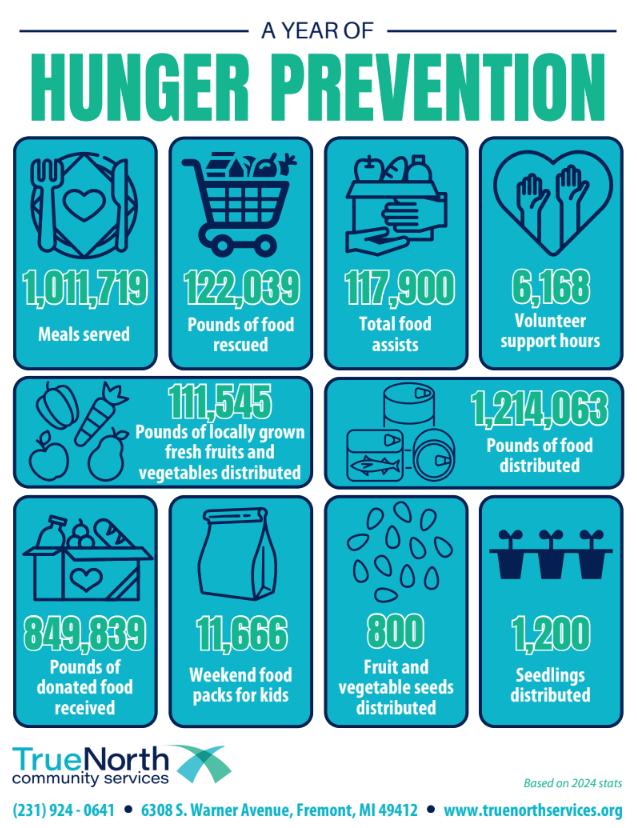
You can continue these impacts when you get involved today. Make a caring donation or volunteer today to ensure our community flourishes. You can personally offer a hand up to our neighbors, ultimately impacting their lives for a lifetime.



